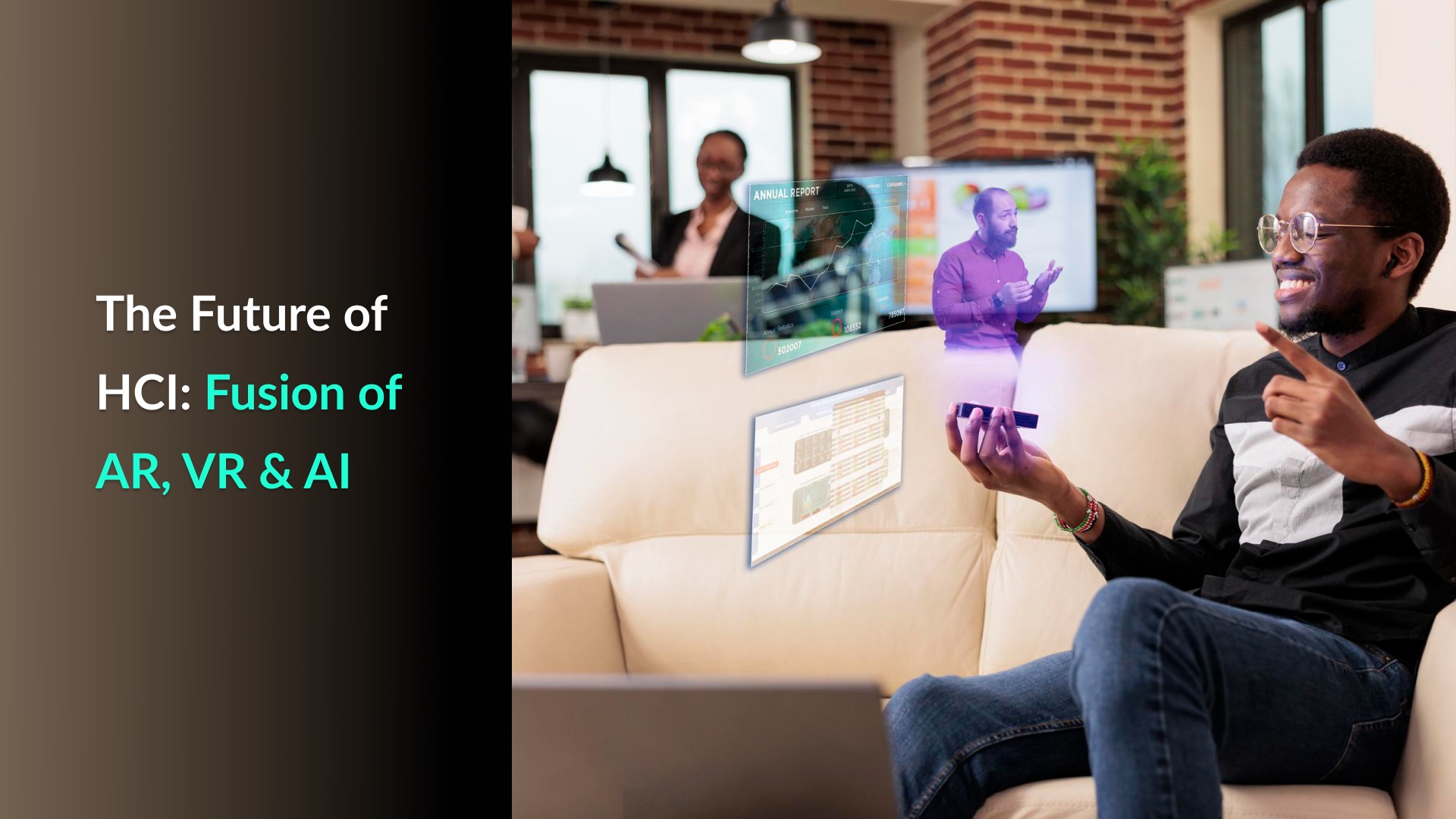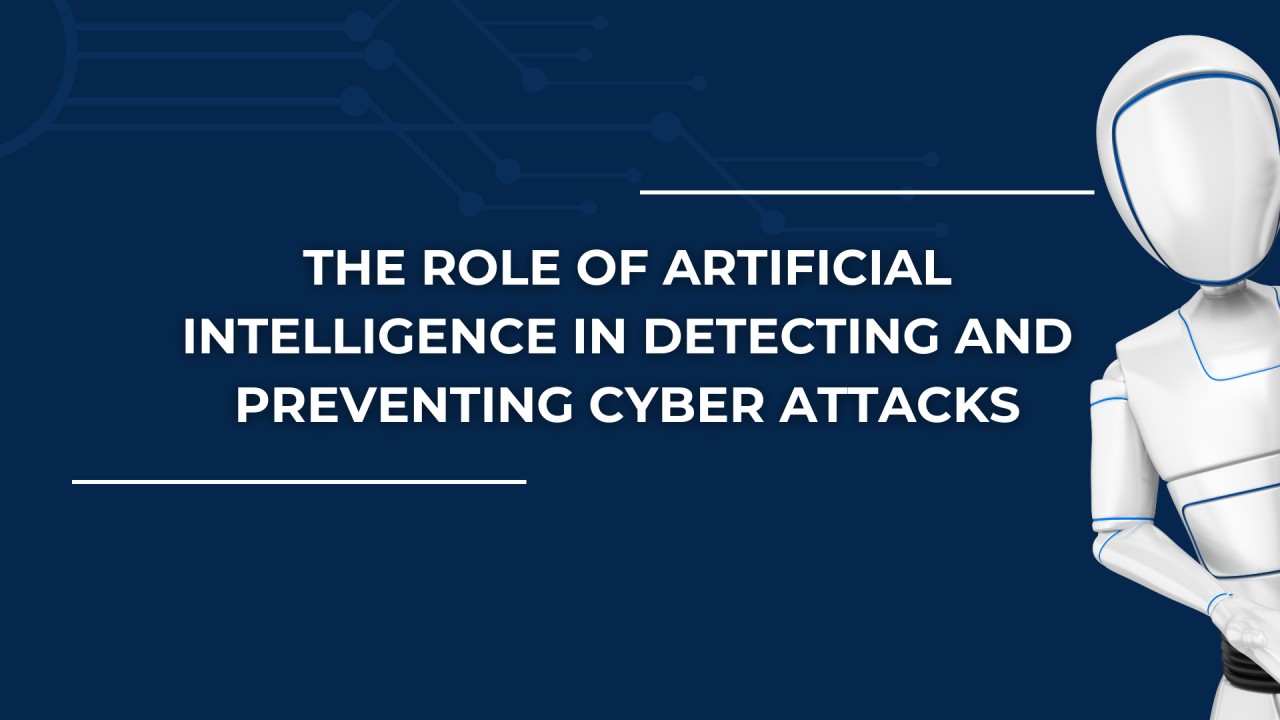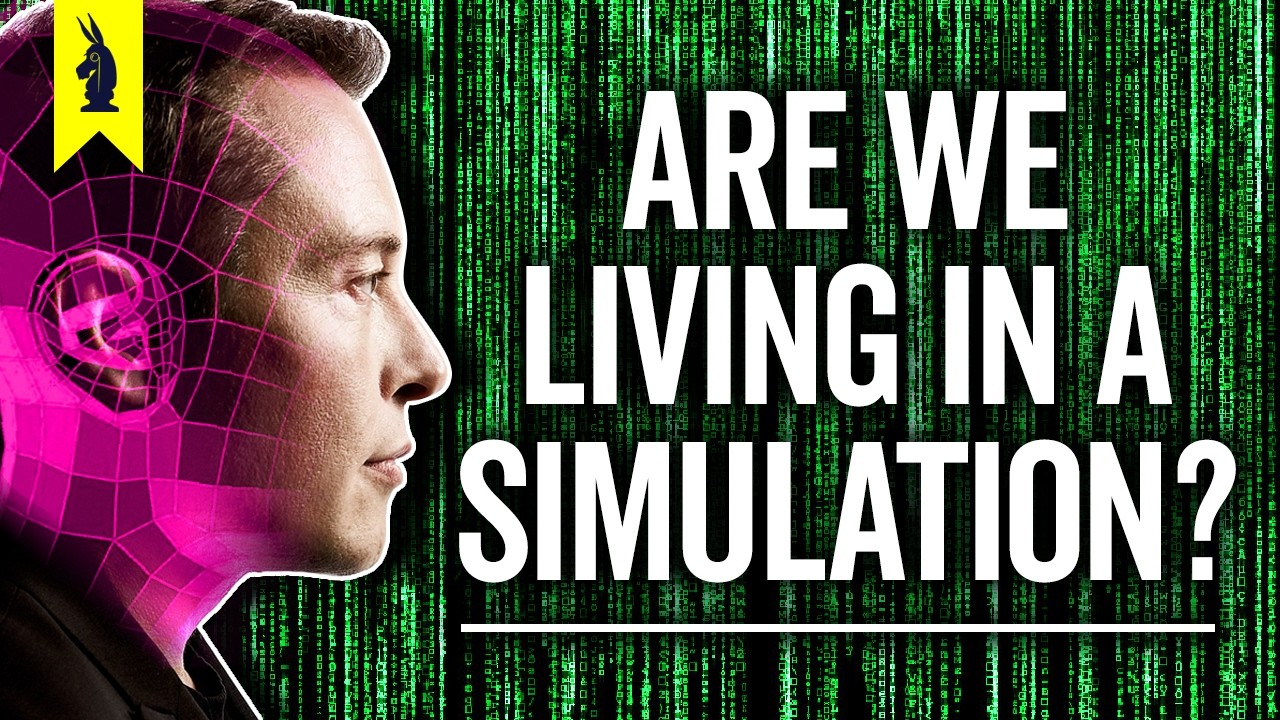Human-computer interaction has always been a reflection of technological progress and human imagination. From the early days of punch cards and command lines to the intuitive touchscreens and voice assistants we use today, the way we engage with machines has evolved dramatically. As we look ahead, the future of human-computer interaction promises to be even more transformative, driven by advances in artificial intelligence, immersive technologies, and adaptive interfaces. This evolution is not just about making systems smarter—it’s about making them more human-centric, intuitive, and responsive to our needs, behaviors, and environments.
One of the most significant shifts on the horizon is the move toward more natural and multimodal interaction. Instead of relying solely on keyboards, mice, or touchscreens, users will increasingly engage with technology through voice, gesture, eye movement, and even emotion. These modes of interaction are designed to mimic how we communicate with each other, making technology feel less like a tool and more like a partner. For instance, smart home devices already respond to voice commands, but future systems may interpret tone and context to understand intent more deeply. A virtual assistant might detect frustration in a user’s voice and adjust its responses accordingly, creating a more empathetic and effective experience.
Augmented reality and virtual reality are also reshaping the boundaries of interaction. These immersive technologies allow users to engage with digital content in three-dimensional space, blending the physical and virtual worlds. In business settings, AR can enhance collaboration by overlaying data and visuals onto real-world environments, while VR can simulate complex scenarios for training and education. Imagine an architect walking through a virtual model of a building with clients, making real-time changes to design elements. The interaction becomes not just visual but spatial, tactile, and collaborative, opening new possibilities for creativity and engagement.
Artificial intelligence plays a central role in enabling more personalized and adaptive interactions. Machine learning algorithms can analyze user behavior to anticipate needs, streamline workflows, and tailor experiences. This goes beyond simple customization—it’s about creating systems that learn and evolve with the user. For example, a productivity app might observe how a user organizes tasks and begin suggesting optimal schedules or automating routine actions. Over time, the interface becomes more aligned with the user’s habits and preferences, reducing friction and enhancing efficiency. The future of interaction is not static—it’s dynamic, shaped by continuous feedback and adaptation.
Context-awareness is another emerging dimension of human-computer interaction. Devices and systems are becoming more attuned to the user’s environment, activity, and state of mind. Wearables can monitor physical health and adjust notifications based on stress levels or sleep patterns. Mobile apps can change functionality depending on location or time of day. This contextual intelligence allows technology to be more proactive and supportive. A navigation app might switch to voice mode while driving, or a digital workspace might dim distractions during focus periods. These subtle adjustments make interactions more seamless and considerate, aligning technology with the rhythms of daily life.
The integration of brain-computer interfaces represents a frontier that could redefine interaction altogether. While still in early stages, these technologies aim to translate neural signals into commands, enabling direct communication between the brain and digital systems. This has profound implications for accessibility, allowing individuals with mobility impairments to control devices with thought alone. It also opens new avenues for creativity and control, where ideas can be expressed without physical mediation. As these interfaces become more refined and reliable, they could usher in a new era of interaction that is both immediate and deeply personal.
Ethical considerations will be paramount as human-computer interaction becomes more immersive and intimate. Issues of privacy, consent, and transparency must be addressed to ensure that users retain control over their data and experiences. Designers and developers will need to prioritize ethical frameworks that respect user autonomy and foster trust. This includes clear communication about how data is used, options for customization and opt-out, and safeguards against manipulation or bias. As technology becomes more embedded in our lives, the quality of interaction will depend not only on functionality but also on integrity.
The workplace is poised to be a major beneficiary of these advancements. Remote collaboration tools will become more immersive, enabling teams to meet in virtual spaces that replicate the dynamics of physical presence. AI-driven assistants will support decision-making by surfacing relevant insights and automating routine tasks. Interfaces will adapt to individual roles and workflows, creating more efficient and satisfying experiences. The result is not just increased productivity but a more human-centered approach to work, where technology supports creativity, connection, and well-being.
Education and learning will also be transformed by future interaction models. Adaptive learning platforms will tailor content to individual progress and preferences, while immersive environments will bring abstract concepts to life. Students might explore historical events through VR simulations or practice language skills with AI-powered tutors that respond in real time. These experiences make learning more engaging and effective, bridging gaps in understanding and access. The interaction becomes a dialogue, not a monologue, fostering deeper engagement and retention.
Ultimately, the future of human-computer interaction is about creating technology that understands us, responds to us, and grows with us. It’s about moving beyond interfaces that require effort and toward experiences that feel effortless. As machines become more capable, the challenge will be to ensure they remain relatable, respectful, and responsive. The goal is not to replace human interaction but to enhance it, using technology as a bridge rather than a barrier. In this future, interaction is not just a function—it’s a relationship, built on understanding, empathy, and shared purpose.





